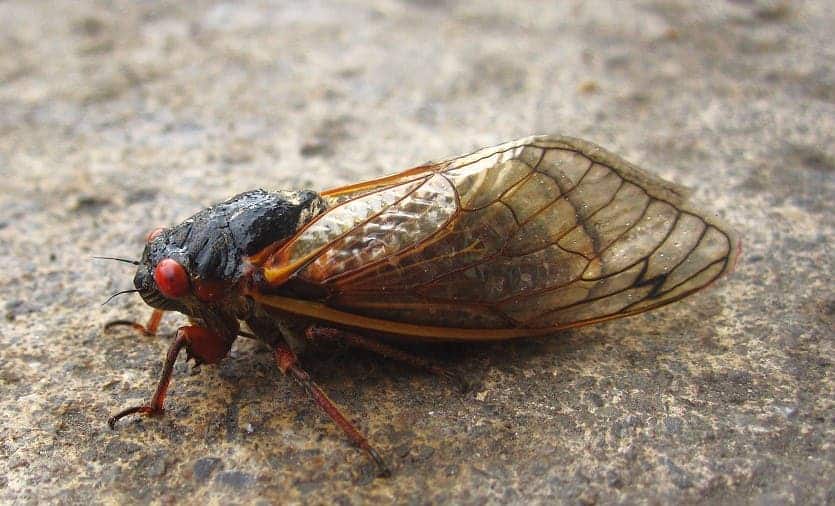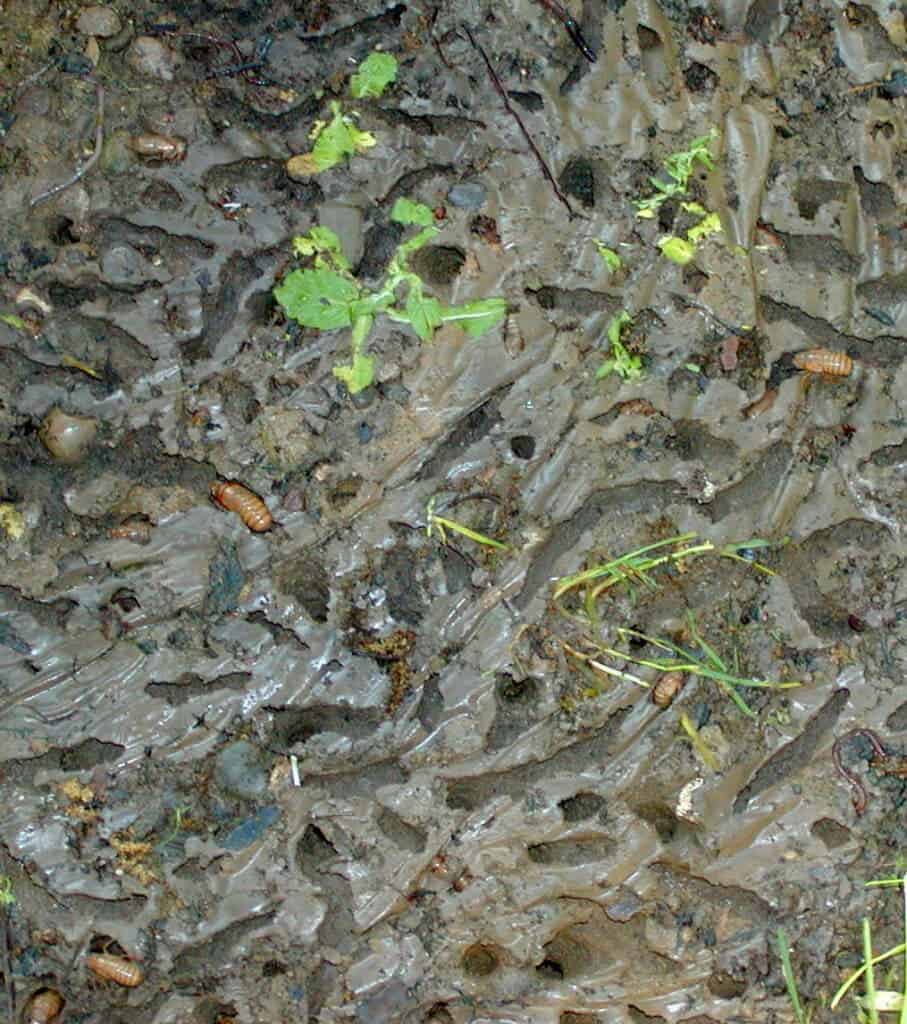It’s called Brood X: a brood of cicadas in the US that only emerges from the earth once every 17 years. They’ve been in a sort of pseudohibernation, feeding on plant sap, waiting, biding their time — and the time is also here. In spring 2021, the trillions of cicadas will emerge, laying their eggs in trees which will hatch 4 to 6 weeks later in more than a dozen states. Then their offspring will head back underground until 2038.

The year of the cicada
Researchers call them Magicicada, and it’s a fitting name as their behavior is eerily mystical. They don’t just come out whenever, and they don’t follow a yearly pattern either. They spend either 13 or 17 years underground, feeding on xylem fluids from the roots of deciduous forest trees in the eastern United States. Then, like clockwork, one huge brood comes out — and they’re only active for a few weeks.
Researchers believe the cicadas are genetically programmed to behave like this, but they’re not entirely sure why. It could be that they come out only in prime years (like 13 or 17) to confuse predators, but the mystery of cicadas’ love affair with this unusual lifestyle is far from solved. But what we do know is that when the cicadas do come out, there’s a lot of them.
From New York to Illinois, trillions of cicadas from Brood X (Brood 10) are bound to emerge. We’re talking densities of 1.5 million per acre, a stunning and menacing swarm… that contrary to popular belief, is completely harmless.
Cicadas are often mistaken for locusts, but they’re anything but locusts. They don’t cause long-lasting damage to trees because they don’t eat leaves or branches, and they cause very limited agricultural damage. After more than 16 years of slowly sucking tree roots, Brood X cicadas come out with their energy levels saturated. Many of them don’t feed at all once they leave the underground.
“There will be some crop damage, especially to orchards, but we don’t expect a disaster,” said IU Bloomington biologist Keith Clay in 2004, the last time Brood X came above ground.
Although the idea of a gigantic swarm of insects emerging from the earth can sound scary, there’s no reason to worry. If anything, it’s an opportunity to witness a spectacular part of nature we don’t often get a chance to see. It doesn’t happen anywhere else, and if you live in the eastern US, you may see it in your own backyard. It’s a fascinating and unique moment of nature.

“Cicadas don’t bite, and they don’t attack people,” Clay said in 2004. “They are not very active when the sun goes down, so the massive noise we’ll hear in the daytime will subside, allowing people to sleep.”
Brood X (Brood 10), the Great Eastern Brood, is one of 15 broods of periodical cicadas that appear regularly throughout the eastern United States. It is one of the largest if not the largest, and it has the greatest range and concentration of any of the 17-year cicadas.

Cicada broods in eastern US have been noted for centuries. Historical accounts cite reports of 15- to 17-year recurrences of enormous numbers of “locusts” — which were actually cicadas. Pehr Kalm, a Swedish naturalist visiting Pennsylvania and New Jersey in 1749 on behalf of his nation’s government, observed one such emergence. He described it in a Swedish academic journal in 1756:
“The general opinion is that these insects appear in these fantastic numbers in every seventeenth year. Meanwhile, except for an occasional one which may appear in the summer, they remain underground. There is considerable evidence that these insects appear every seventeenth year in Pennsylvania.”
Researchers now are also interested in cicadas, and this emergence represents a chance to study them in greater detail.
“Given that Brood X is not going to emerge for another 17 years, this opportunity represents a once-in-a-researcher’s-lifetime opportunity to study the impacts of such an event,” said Michael Bowers, program director in NSF’s division of environmental biology, in 2004. “This is the first study to experimentally determine the impact of cicada emergence, adult movement and their impact on woody plants. Cicadas are a major insect herbivore for which we have only limited information.”






